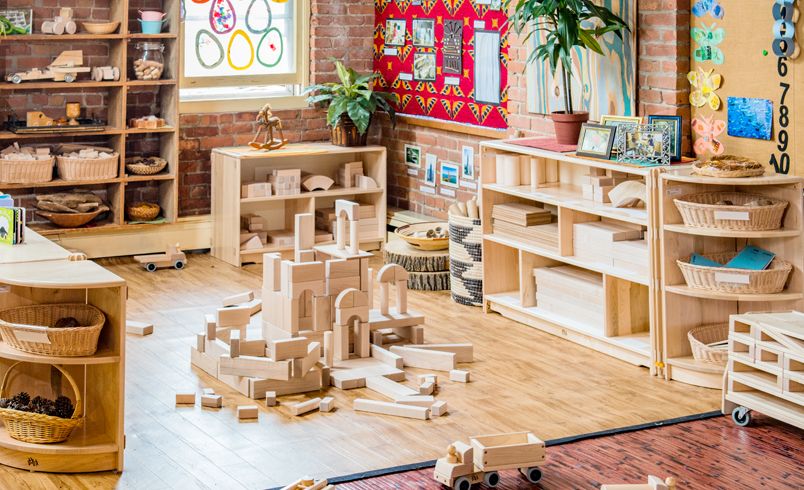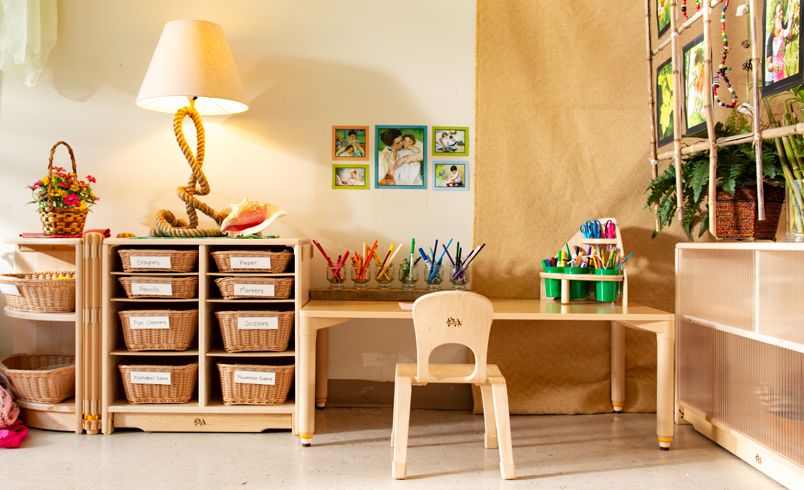How do early childhood educators in Finland prepare children for formal education through playful pedagogy? And is it scientifically proven that play really promotes learning?
.png)
What is the mission of ECEC in Finland?
The mission of Early Childhood Education and Care in Finland is to: Promote children’s holistic growth, development, and learning in collaboration with their guardians.
The aim is to nourish and teach children in all learning areas. It is vital that children are happy. Their well-being is the most important thing.
All this work with the children does not work out without engaging the guardians. Effortless, trustworthy, and open communication with the whole family is valued in Finnish early childhood education.
What is essential in ECEC in Finland?
Essential to Early Childhood Education and Care in Finland is: Understanding the importance and pedagogical possibilities of play in the promotion of wellbeing and learning. (Finnish National Agency for Education)
Play is the most important tool in early childhood education. Learning happens through play. Children practice new skills, test their own ideas and theories, process fears, and express feelings in play. Children learn through all those experiences in a natural and most of all - fun - way.
Highly or loosely structured classroom?
Pasi Sahlberg and William Doyle state in their book Let children play that a Classroom with rich child-initiated play and a Playful classroom with focused learning brings the best results in learning. Children should be able to explore the classroom with the active presence of educators. Children also benefit greatly if educators guide learning with rich educational activities.
Educators should give plenty of space for children's play, guide it gently and offer materials, tools, and ideas to enrich it. Topics for play should come initially from children, but adult guidance and monitoring are needed.
Talented educators see when the children's play is too free and wild. In those situations, some steering and guidelines are in place. In turn, too many rules and warnings suppress children's ideas and creativity so the educator should not be too controlling either.
What are the positive sides of play?
- Play promotes the child’s development, learning, and well-being.
- Play motivates children and brings joy while allowing them to learn new skills.
- Experiences that stimulate the children’s emotions, curiosity, and interest inspire them to play.
(National Curriculum Guidelines for early education in Finland)
Is it scientifically proven that play actually promotes learning?
Simply, YES.
.png)


.png)


.png)